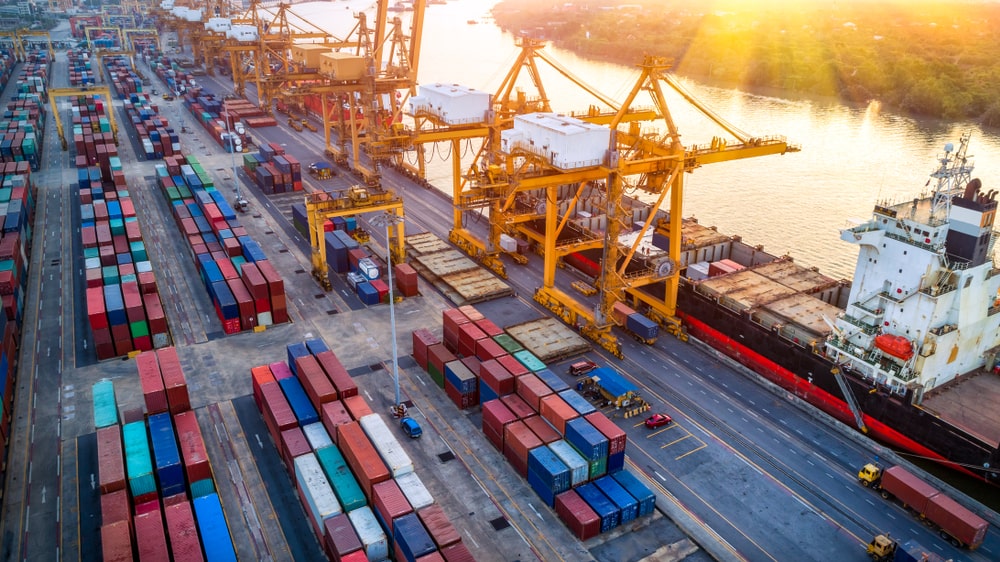
This is the first part in two-part series on the changes in Globalisation and Global Trade due to the COVID-19 pandemic.
Soaring flows of data and information now generate more economic value than the global goods trade. Globalisation has entered a new phase defined by soaring flows of data and information digital flows—which were practically non existent just 20 years ago—now exert a larger impact on GDP growth than the centuries-old trade in goods, according to a McKinsey Global Institute (MGI) report, Digital globalization: The new era of global flows.
The amount of cross-border bandwidth that is used has grown exponentially since 2005. It is projected to increase rapidly as flows of information, searches, communication, video, transactions, and intracompany traffic continue to surge. In addition to transmitting valuable streams of information and ideas in their own right, data flows enable the movement of goods, services, finance, and people. Virtually every type of cross-border transaction now has a digital component.
Trade was once largely confined to advanced economies and their large multinational companies. Today, a more digital form of globalisation has opened the door to developing countries, to small companies and start-ups, and to billions of individuals. Tens of millions of small and midsize enterprises worldwide have turned themselves into exporters by joining e-commerce marketplaces such as Alibaba, Amazon, eBay, Flipkart, and Rakuten.
The OECD says that digital trade encompasses digitally-enabled transactions of trade in goods and services that can either be digitally or physically delivered, and that involve consumers, firms, and governments. While all forms of digital trade are enabled by digital technologies, not all digital trade is digitally delivered. For instance, digital trade also involves digitally enabled but physically delivered trade in goods and services such as the purchase of a book through an on-line marketplace, or booking a stay in an apartment through a matching application.
However, there is also a growing discussion about whether there is a need to update or clarify existing trade rules and commitments. Trade rules are traditionally predicated on identifying whether products are goods or services and the borders they cross. But, in the digital era, these distinctions may not always be clear-cut. Firms are now increasingly able to flexibly operate from different locations and to bundle goods with services, making it difficult to identify the particular trade rules that apply to specific transactions.
Digital trade has also brought new types of digital risk to the fore. On cyber risk, for example, the PRA have asked firms to develop action plans to address residual “silent” or “non-affirmative” cyber exposures, in the expectation that firms who have not yet acted will be able to show demonstrable progress in the months ahead. The PRA is encouraging firms to consider whether their historical information and models continue to represent current hazard and exposure trends.
The OECD has also identified a need for corporates, risk managers, regulators, investors and governments to better understand the trade policy implications of global value chains. The traditional view of international trade is that each country produces goods and offers services that are exported as final products to consumers abroad. However, in today’s global economy, this type of trade only represents around 30% of all trade in goods and services.